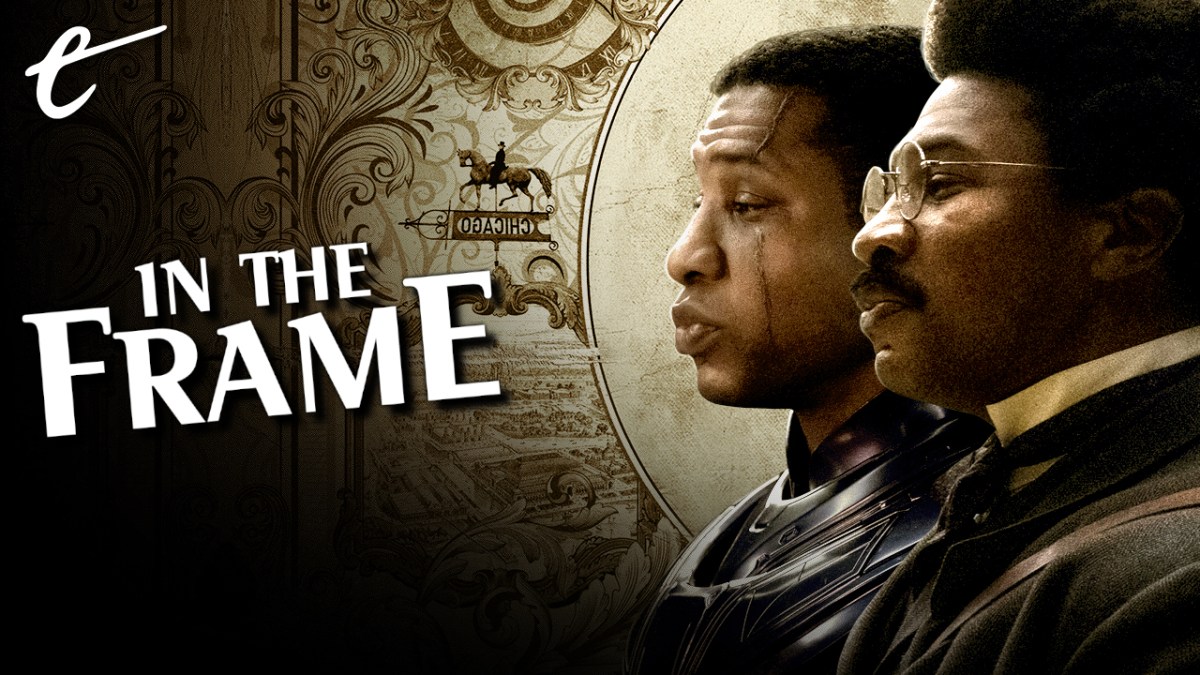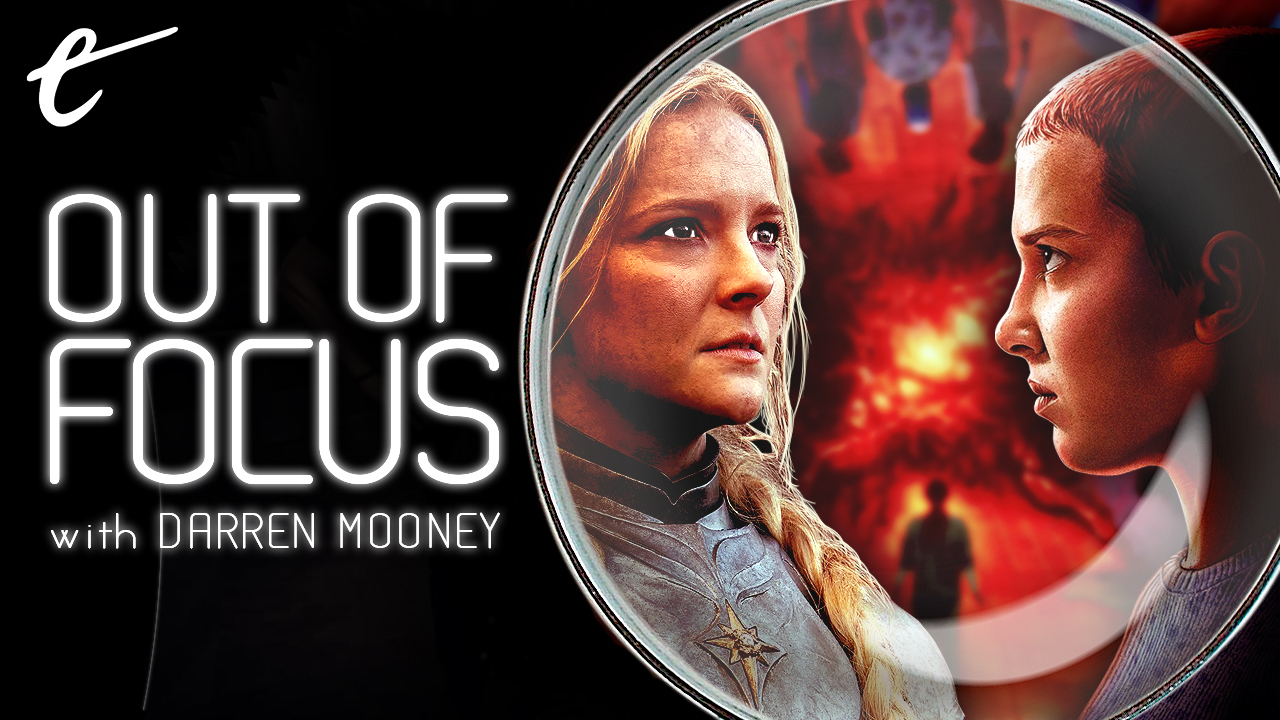A lot of the discussion of Disney+’s The Mandalorian frames the show in terms of Westerns. Actor Pedro Pascal has called the show a Space Western on steroids. The opening episode features no fewer than two desert planets. It has its hero mount a blurrg like a faithful steed. The first half of the episode features a Mexican standoff with a bunch of worse-for-wear Stormtroopers. The title character is obviously inspired by Boba Fett, whose mannerisms were heavily inspired by Clint Eastwood in Sergio Leone’s Dollars trilogy.
However, this downplays the arguably heavier and more obvious influence – in terms of narrative, theme, and production – of samurai cinema on The Mandalorian. Of course, this makes sense. The Western genre owes a massive debt to samurai cinema; Clint Eastwood debuted as the Man with No Name in A Fistful of Dollars, a Western heavily inspired by Akira Kurosawa’s Yojimbo, while The Magnificent Seven was an adaptation of Kurosawa’s Seven Samurai.
Kurosawa was also a major influence on George Lucas’ original vision of Star Wars. Lucas borrowed a number of cues from The Hidden Fortress – even directly emulating a number of shots from Kurosawa’s film. It also influenced narrative choices like the structure of the film and the positioning of C-3PO and R2-D2 as viewpoint characters.That influence extended beyond the original film, with Brian Young arguing that The Hidden Fortress remained a touchstone for the prequel trilogy.
As recently as The Last Jedi, director Rian Johnson borrowed a number of cues from Kurosawa’s samurai epics. Luke and Kylo’s differing accounts of their fateful encounter on the night that Kylo turned to the Dark Side recalls Rashomon. Snoke’s throne room employed the same color scheme as later Kurosawa films like Kagemusha and Ran, with Johnson likening the Praetorians to samurai. Even Holdo’s suicide run against the First Order played like a silent samurai sword slash in space.

The Mandalorian leans heavily into the samurai aesthetic. The title character is presented as a lost warrior who has become a soldier of fortune. He is the archetypal “rōnin” – a masterless wanderer from a tribe of proud warriors with a rich heritage. Of course, this is also a broad and familiar Western archetype: the retired (even discarded) soldier who has become a bounty hunter on a lawless frontier. The samurai influences become more apparent when the protagonist is examined in a wider context.
The Mandalorian unfolds in the gap between The Return of the Jedi and The Force Awakens. The Empire has collapsed. Imperial credits are worthless. The title character finds an enclave of former Imperial soldiers cowering in a desert hovel. Although the Star Wars universe survived the turbulent transition from the Galactic Republic to the Galactic Empire, this is something altogether different. It feels apocalyptic. The Empire imposed fascistic rule on a collapsing democracy, but this new change is chaos.
Westerns are traditionally stories about establishing civilization on the frontier – about imposing order on the wilderness. This is why Westerns like Once Upon a Time in the West tend to fixate on the arrival of the railway, serving as a literal tether between civilization and the frontier. Samurai stories like Yojimbo are often about the exact opposite – about the collapse of established systems into lawlessness.
This makes sense. Both Westerns and samurai films were products of the mid-twentieth century, but they spoke to very different national identities. The Western emerged at a time when the United States was solidifying itself as a global power and a force to be reckoned with. In contrast, many classic samurai films emerged from Japan in the wake of the Second World War, a nation recovering from the trauma of conflict and the collapse of its own imperial ambitions.

This influence bleeds through into The Mandalorian in other ways. The settings and cinematography owe a lot to the work of John Ford and Sergio Leone, juxtaposing tight close-ups with stunning vistas. However, Ludwig Göransson’s soundtrack is quite heavily Eastern-influenced. It leans on a combination of woodwind and percussion instruments with flutes and gongs featuring heavily, informed by show runner Jon Favreau’s “a lonesome rider and a samurai inspiration” for the series.
This influence is clearest in the first episode’s climax, when the title character finally tracks down his mark. His tracking device points him towards a floating crib tucked away inside a desert fortress. Inside, he finds a child who bears a startling resemblance to one of the franchise’s most iconic characters, Yoda. While the bounty hunting droid IG-11 (Taika Waititi) is perfectly willing to murder the child in its crib, the Mandalorian has his doubts. He dispatches the robot, leaving him alone with the child.
The first episode of The Mandalorian closes with that image of the title character staring down at the young child that he had been assigned to track down, and that he had been assured was wanted dead or alive. The importance of the moment is even underscored with a transition to a striking watercolor illustration. In many ways, this feels like the true starting point of the series. Everything up to this point has been introduction, building to that reveal.

This doesn’t just evoke the trappings of samurai cinema; it evokes a very particular samurai story. The premise suggests Lone Wolf and Cub – the tale of a disgraced executioner forced to wander the Japanese countryside with his young child following the brutal murder of the rest of his family. The manga series launched in 1970, written by Kazuo Koike and illustrated by artist Goseki Kojima, and was massively influential on American comic book writers and artists like Frank Miller.
Lone Wolf and Cub was adapted into a series of films in the early 1970s, the first two of which were combined into an English dub titled Shogun Assassin in 1980. The films are cult favorites, having recently been the subject of a loving restoration by Criterion. That closing image of the Mandalorian standing over the crib certainly evokes the imagery of the Lone Wolf and Cub series, in which the wandering warrior Ogami Ittō pushes his infant ward Daigorō from adventure to adventure.
Outlining his vision of The Mandalorian to The Hollywood Reporter, Jon Favreau explained, “I’m trying to evoke the aesthetics of not just the original trilogy but the first film.” By taking Star Wars back to samurai cinema, he has done just that.






















Published: Nov 22, 2019 4:00 PM UTC